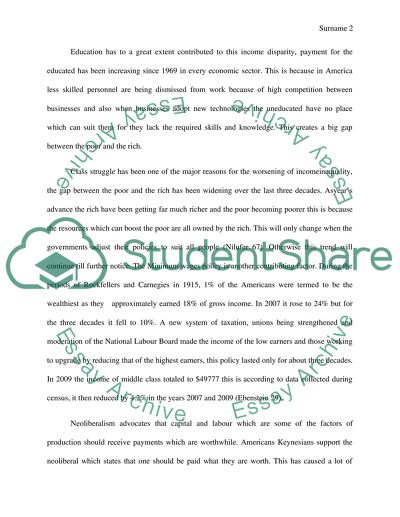Cite this document
(“Capitalism and Socialism Assignment Example | Topics and Well Written Essays - 1750 words”, n.d.)
Retrieved from https://studentshare.org/macro-microeconomics/1476407-capitalism-and-socialism
Retrieved from https://studentshare.org/macro-microeconomics/1476407-capitalism-and-socialism
(Capitalism and Socialism Assignment Example | Topics and Well Written Essays - 1750 Words)
https://studentshare.org/macro-microeconomics/1476407-capitalism-and-socialism.
https://studentshare.org/macro-microeconomics/1476407-capitalism-and-socialism.
“Capitalism and Socialism Assignment Example | Topics and Well Written Essays - 1750 Words”, n.d. https://studentshare.org/macro-microeconomics/1476407-capitalism-and-socialism.


